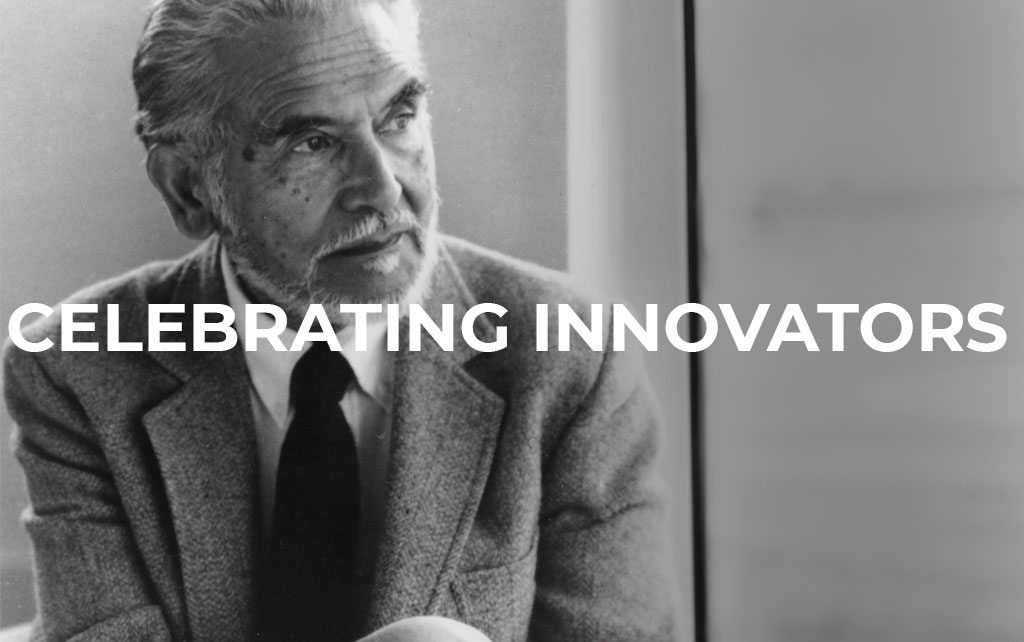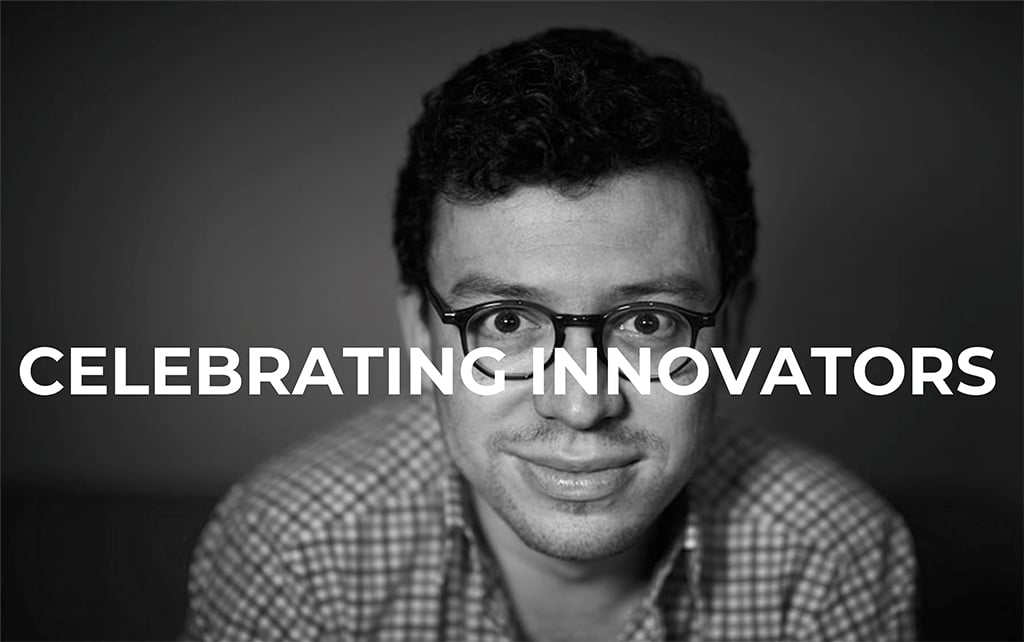
-
Artemis Announces Promotion of Lukas Buckley
Artemis is proud to announce the promotion of Lukas Buckley to Vice President. Lukas has...
-
Kristin Robertson Appointed to SightLine Board of Directors
Portland, OR (November 16, 2023) – SightLine Applications (“SightLine”, or “the...
-
Luis von Ahn
In our Celebrating Innovator’s series, Artemis highlights science and engineering pioneers whose...


